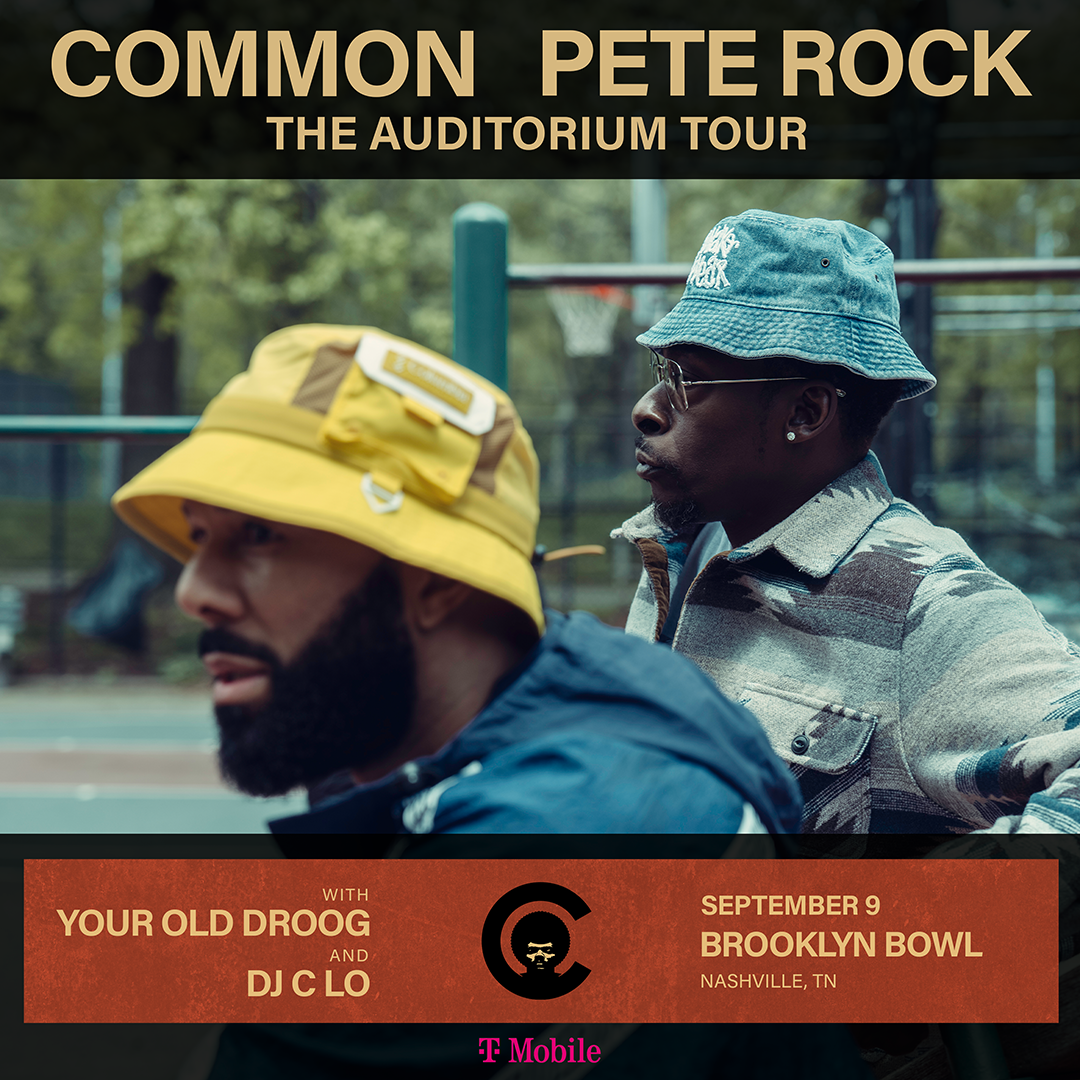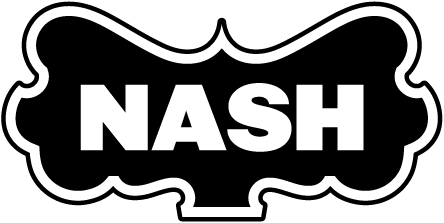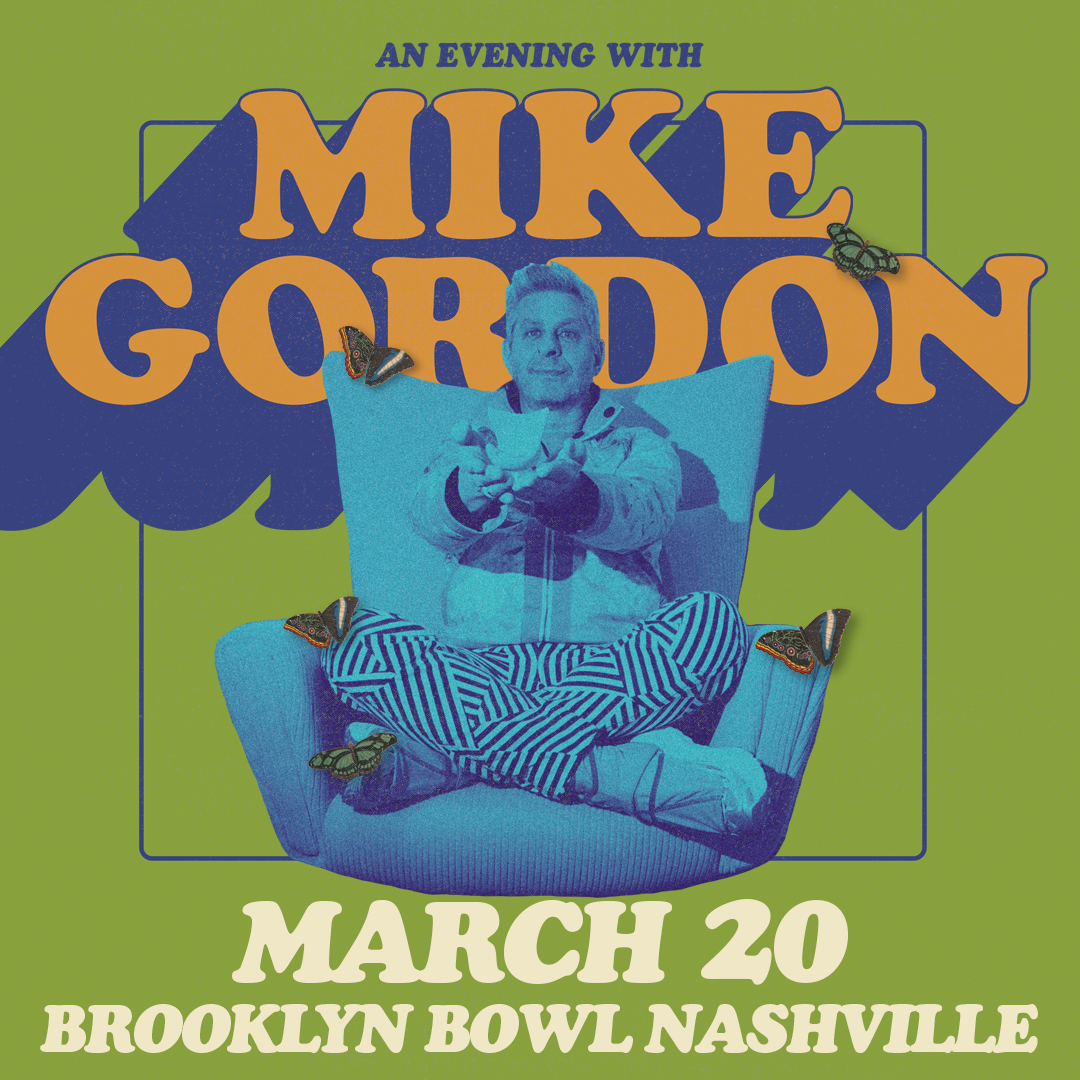Common and Pete Rock: The Auditorium Tour
Your Old Droog, DJ C Lo

Event Info
Brooklyn Bowl Nashville
925 3rd Avenue North
Nashville, Tennessee 37201
This ticket is valid for standing room only, general admission. ADA accommodations are available day of show. All support acts are subject to change without notice. Any change in showtimes or other important information will be relayed to ticket-buyers via email. ALL SALES ARE FINAL Tickets purchased in person, subject to $3.00 processing charge (in addition to cc fee, if applicable). Sales Tax Included *Advertised times are for show times - check Brooklyn Bowl Nashville website for most up-to-date hours of operation* Ticket delivery is delayed on this event until 72 hours before event date and time.
Artist Info
Common & Pete Rock
- Common Website
- Common X
- Common Instagram
- Common YouTube
- Common TikTok
- Common SoundCloud
- Pete Rock Facebook
- Pete Rock X
- Pete Rock Instagram
- Pete Rock YouTube
- Pete Rock SoundCloud

An artist’s creative peak isn’t always located in the heat of their first years. Most true masters’ skills and vision actually strengthen with time. But hip-hop doesn’t often get a chance to witness this evolution, in part because established artists don’t always get support in a genre obsessed with the new, and sadly because too many don’t live long enough to even have a chance to receive it. Then there are the few, joyous cases where we get to see our heroes grow into their full superhero powers. That is the experience of listening to Common and Pete Rock—the legendary MC and pioneering producer—on their first full-length collaboration, The Auditorium, Vol. 1 (Loma Vista Recordings).
Check the stats: Pete Rock’s production has propelled million-selling, chart-topping, award-winning hits from Nas, Public Enemy, The Notorious B.I.G., and Kanye West to Mick Jagger, Mary J. Blige, Madonna, and Lady Gaga; and his signature style—collage compositions imbued with complex harmony and melody—makes him one of the most influential and innovative figures in the history of popular music. Multi-hyphenate rapper-actor-producer-author-activist Common has created an unparalleled body of work: 15 landmark albums, standout performances in films from “American Gangster” and “Just Wright” to “Selma” and “The Hate U Give,” and most recently on Broadway performing in “Between Riverside and Crazy” and coproducing the revival of “The Wiz.” His Primetime Emmy, three Grammys, and Oscar for Best Original Song mean that Common has now transcended his EGO and is already shopping for a T that fits.
Yet this producer and MC, though they traveled in the same creative circles and soul group for three decades, collaborated only two times—on a notable song they made together in 1994 and another in 1998. Given their independent, interstellar trajectories, there was no reason their paths should cross, until Common’s course was altered by the gravity of a big event: the Hip-Hop 50th Anniversary concert at Yankee Stadium in August 2023. Common was a featured performer, but his epiphany came as a fan: “I stood out in that crowd and watched for five-and-a-half hours. I've never done that in my life. Just to see EPMD, to see Lil Kim, to see Mobb Deep, Snoop, Ice Cube, Run DMC, Nas, Lauryn Hill, and Fat Joe. It just made me realize how much I love the art form. It made me want to rap.”
The next month, Common found himself in Pete Rock’s studio north of New York City. “We caught up with each other and I just started playing music,” says Pete. In those first moments, the two highly-favored sons of hip-hop realized they were coming from a similar place of gratitude and enthusiasm for the genre. Common recalls thinking: “We don't have to reach to make it sound like a throwback. We don't have to reach to try to make it sound like it's new and young. We’ve just got to be who we are and do what we love.” Then came Common’s second, more urgent realization: “I can't wait to leave here and go write.”
“We just became glued to each other,” Pete says. “The recording process wasn't long at all. It took about a couple of weeks to get the first five songs done. And the way we finished it was heroic.” And though Pete experienced the pace of their work as brisk, Common remembers the time as one of intense deliberation. “It took time for Pete to dig into these records and find the right sample,” Common says. “Sometimes he would hook it up right then and there, but sometimes he waited ‘till he felt it was the right time and the right expression. And it's that time, that care, that diligence that comes through in the music that we make.” Common wrote steadily, recording his vocals in the familiar sanctum of Electric Lady Studios. Several more visits, a back and forth of ideas over text and phone, and the 15 tracks of The Auditorium, Vol. 1 coalesced. “I was reaching for the euphoria of what we did in the 90s, but updated,” Pete says. “The feel of the album is 90s, but it's not 90s at all. It's new music.”
Cratedigging, making beats, writing verses—these rituals of youth were exercised with an adult’s patience and control. As they worked, Pete and Common recognized the things they do better now. Pete has become less judgmental of his own work in a way that allows him to try different sounds and structures: “Some things you may have to just get used to the more you hear it.” For Common, it’s simple: “I'm better at figuring out, ‘Okay, what will make this song a song?’ I'm better at songwriting now because I'm a better musician. And because music is not my only outlet for creating art and making a living, I'm more free and more confident. Then I can enjoy the music I'm making and do it with love.”
Love is the message, from the opening fanfare of “Dreamin’” to the sunset of “Now and Then.” Pete repeats sonic feats, beat after beat: launching Curtis Mayfield’s languid, live rendition of “We’ve Only Just Begun” into a rollicking groove in “We’re On Our Way”; turning bits and bytes of Brazilian funk into jams like “Fortunate”; chopping baroque harpsichord and jazz piano into night-and-day music beds for “Stellar” and “When The Sun Shines”; casting down the words of Shan and Rakim like lightning bolts from vengeful Gods over skull-cracking drums in “Wise Up” and “All Kind of Ideas.” In an album with no skips, you can hear the vinyl crackle, but the master manipulator of music and puzzle-solver of sampling is mos def hi-def, not “lo-fi,” whatever that is.
The great joy of listening to Common rhyme has always been that you get to watch his mind work, while he makes that work look like play. His lyrical leaps and complex connections could yield flowcharts and Venn diagrams. Listen for the opening lines of “Chi Town Do It,” a chance meeting that becomes a nest of nested references. Listen to how Common cruises through the alphabet in the second verse of “This Man’s Arms” (“E’ase up, I don’t F with em cause it’s G’s up”), and then in the third recounts a performance early in his career, downloading “hard Drives on Lakeshore” for a grateful audience while he struggles to “to pay for the rent and the parking tickets/while they pay for tickets.” Listen for his description of the three wise men in “Wise Up” a few lines before he calls himself the “Solomon of Common men.” Pay attention to the sequence of double meaning in “Stellar” (meteor and planet, planet and rock, rock and Gibraltar) and the triple entendre of “pipes” in “When The Sun Shines Again.” This man—who is at this point “fucking with three decades” in his career “like an orgy”—is not playing with you. Only someone who’s read a million movie scripts could open a song with “Rack focus to the Black Moses.” His own favorite moment in an album of favored moments is the first verse of “Now and Then,” wherein he speaks of Gods and Resurrections, and of “learning like Sha’Carri/Long nails in our bodies, they try to crucify us/Don’t know if Lake Michigan can purify us.” Common adds: “It’s fun, but it's spiritual. It’s got layers to it.”
Common is not only the prodigious free-association poet, but consistently the intrepid explorer of his own emotional world. On that note, Common delivers a piece of work nothing short of a startling with “Lonesome,” which begins with some self-reflection that’s better than tea from any tabloid or TMZ (“Every love I’m in/My endless love always comes to an end”) but ends as a conversation with his adult daughter, Omoye, now a lawyer, about encountering her own challenges as she moves through life. “I wanted to talk to her as a young woman who needs to know that her father is there for her.” There has never been anything like it in hip-hop.
The Auditorium, Vol. 1 is the product of one producer and one MC, another rarity in today’s music marketplace where high-profile projects are usually occasion for a cavalcade of stars. Here, the few featured guests are chosen with requisite mindfulness. “I'm only going to work with people who are going to elevate the song,” says Common. To that end, superstar and fellow Chicagoan Jennifer Hudson lifts a refrain to the heavens in “There is a God”; and the chorus for “Everything Is So Grand” was written and sung by PJ, whom Common calls “one of the greatest writers I've ever been around.” Then there is the stealthy omnipresence of Common’s longtime collaborator Bilal, whose sonic shapeshifting powers approach the supernatural. “Bilal is one of those vocalists who can make his voice do all these different things. In ‘So Many People,’ you’d think he's the sample.” De La Soul’s Posdnuos laid a dozen bars of gold on “When The Sun Shines Again.” And then there’s Pete’s turn on the mic in “All Kind of Ideas,” which is not so much a verse as it is a murder. After the recording, another longtime comrade came through: Ahmir “Questlove” Thompson, offering helpful advice on the album sequence.
But the most important working relationship on the album was the one Common and Pete Rock forged, not a foregone conclusion for two famous figures used to calling the musical shots. “There were a couple of times when me and Common bumped heads like, ‘Yo, man, I don't know about that one.’” They were usually small things — the timing of a particular lyric, for example. “I had to sit and live with his idea, and he had to sit and live with my idea. And then we just said, ‘You know what? We're going to work through this because what we're doing is nothing less than great. If we disagree with each other, we'll find a common ground.’ And I enjoyed that a lot.” Common echoes the sentiment: “It taught me a lot about being in a group in many ways because all the decisions are not just mine. I love teammates, but I had to get used to it on a musical level. Most producers that I worked with would just create the music, but it wasn't a collaboration where it was like, ‘Okay, the we both need to like the title or the album cover.’ But Pete cares about his music a whole lot. He is strong-willed because the work needs to be at the level that he feels is right. And I'm like, I'm with that.” It is a mutual admiration, says Pete: “Lemme tell you how sharp that dude is when it come to the music and the hip-hop. He remembers lyrics, he remembers hooks, he remembers everything.”
Pete continues: “The understanding we had as two grown men that's been doing this for so long was, ‘Here's the goal where we're trying to reach. Do you think we can reach that?’ And I'm like, ‘Of course we could do that, with your history mind and my history. That's the least that can be accomplished.’”
A victory for the art of MCing and the mad science of sampled music, The Auditorium, Vol. 1 succeeds because it accomplishes what its makers hoped for. Says Common: “I want this to be taken as a complete piece of work, a complete piece of art, and for it to exist in different time periods.”
The Auditorium, Vol. 1 is the past, present, and future happening all at once. In any decade, an absolute banger. Separate or together, they are in top form. And they’re already working on Vol. 2.
# # #
Your Old Droog

When Your Old Droog first entered the Hip-Hop scene a decade ago, he was cloaked in anonymity. The Ukraine-born, Brooklyn bred rap phenomenon was known solely for his sharp, punchy lyrics wrapped in a gruff delivery. Some speculated who was the man behind the sophisticated wordplay. He finally came into the light with his eponymous debut release, the catalyst for what has become a prolific career. Through eight LP’s and ten EP’s, Your Old Droog has crystallized his place in Hip-Hop as the erudite rapper who can tackle any beat with precision; a product of the underground, yet designed for the mainstream. With his new project Movie, YOD is in a new era, where his days of being the dark horse in rap are over. He has countless co-signs from some of the greatest to ever touch a mic, and now he’s finally geared to join them.


